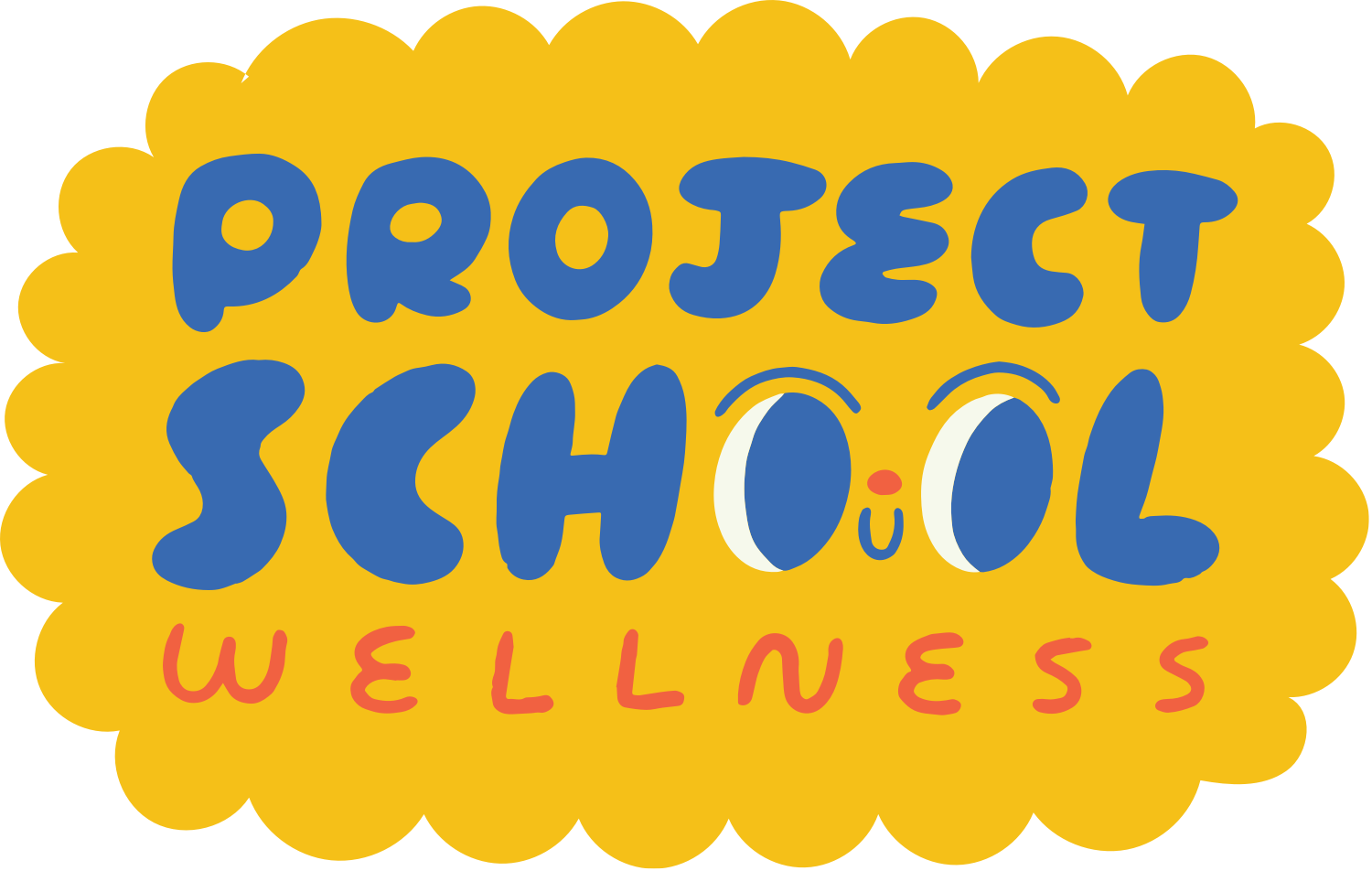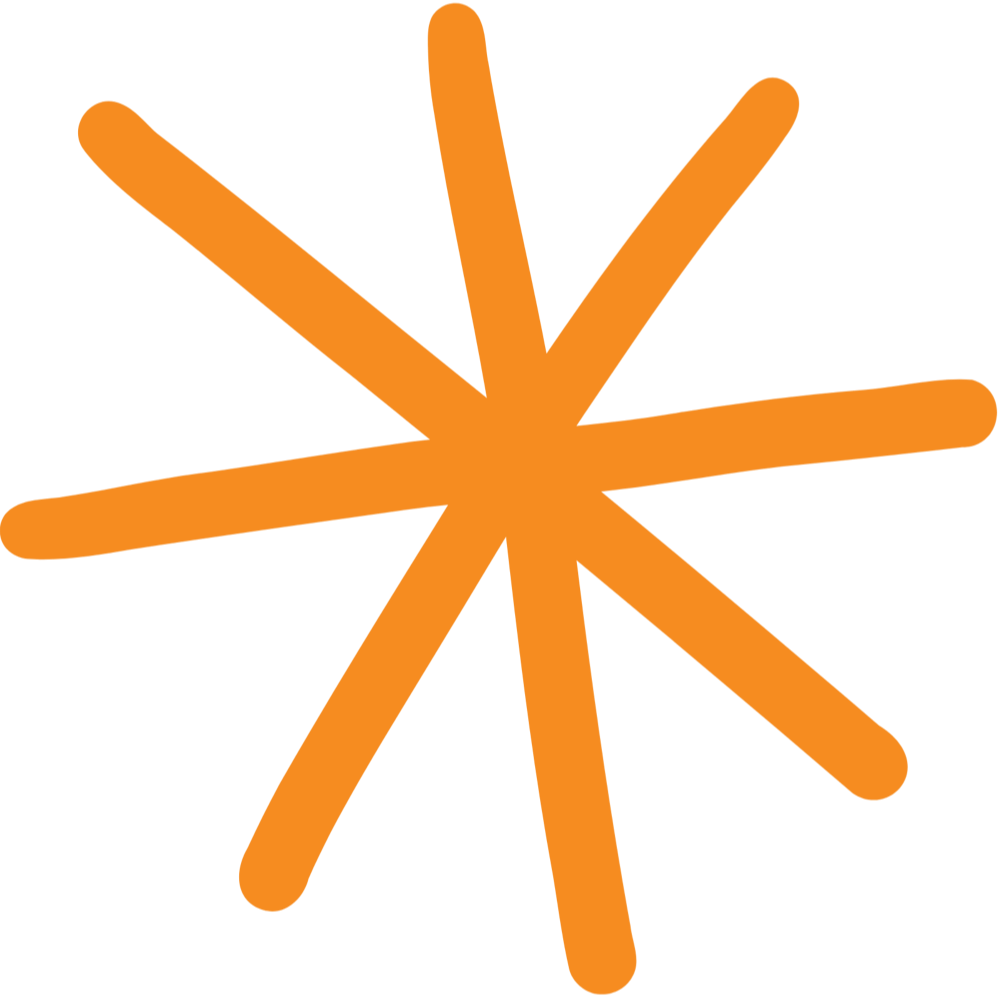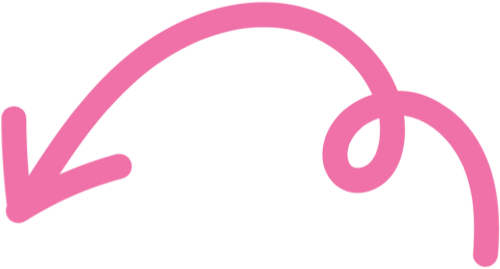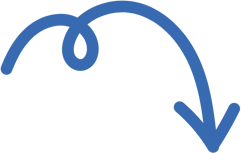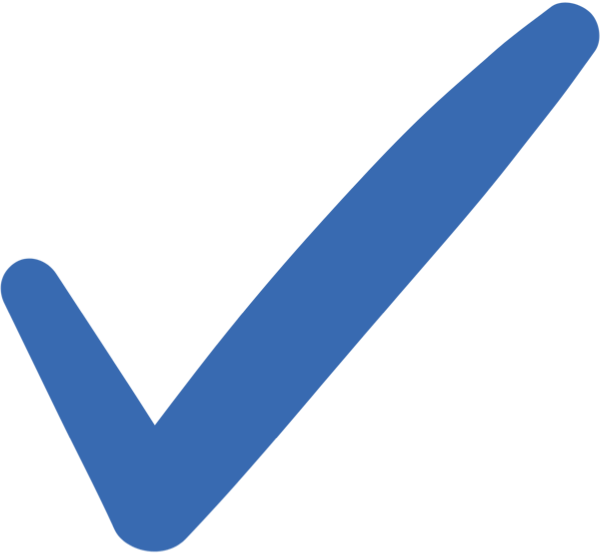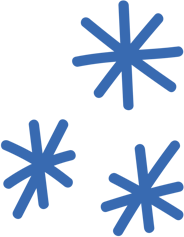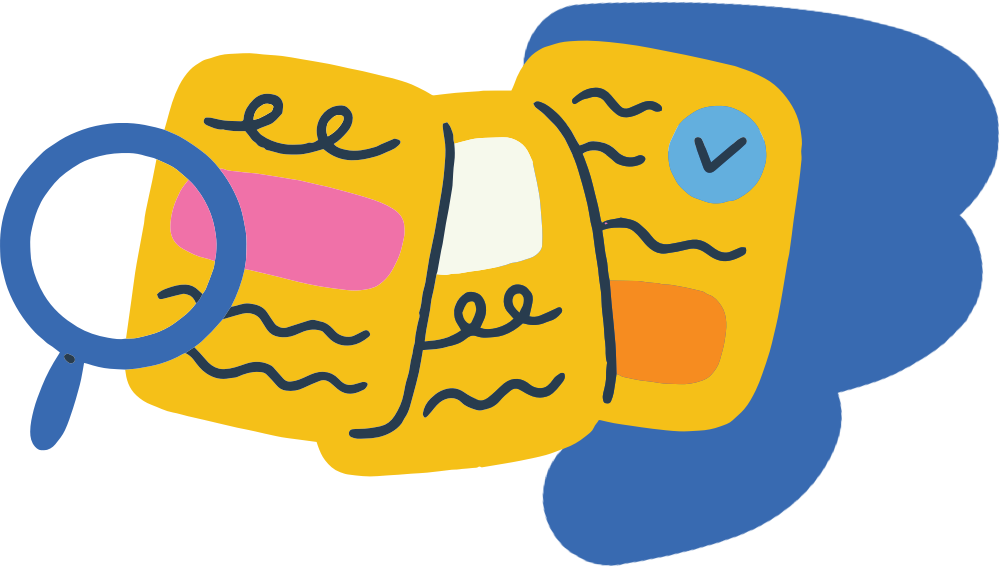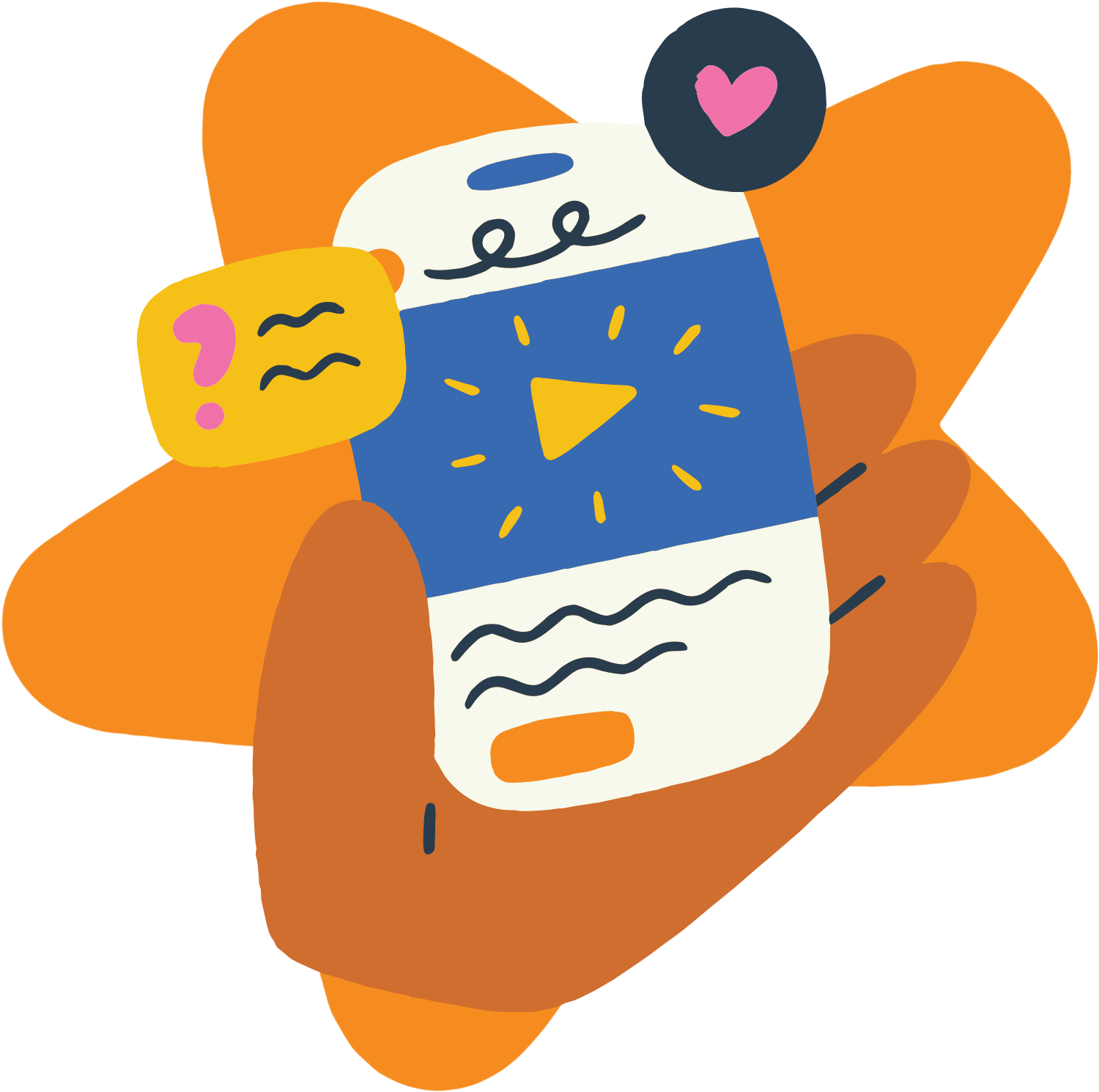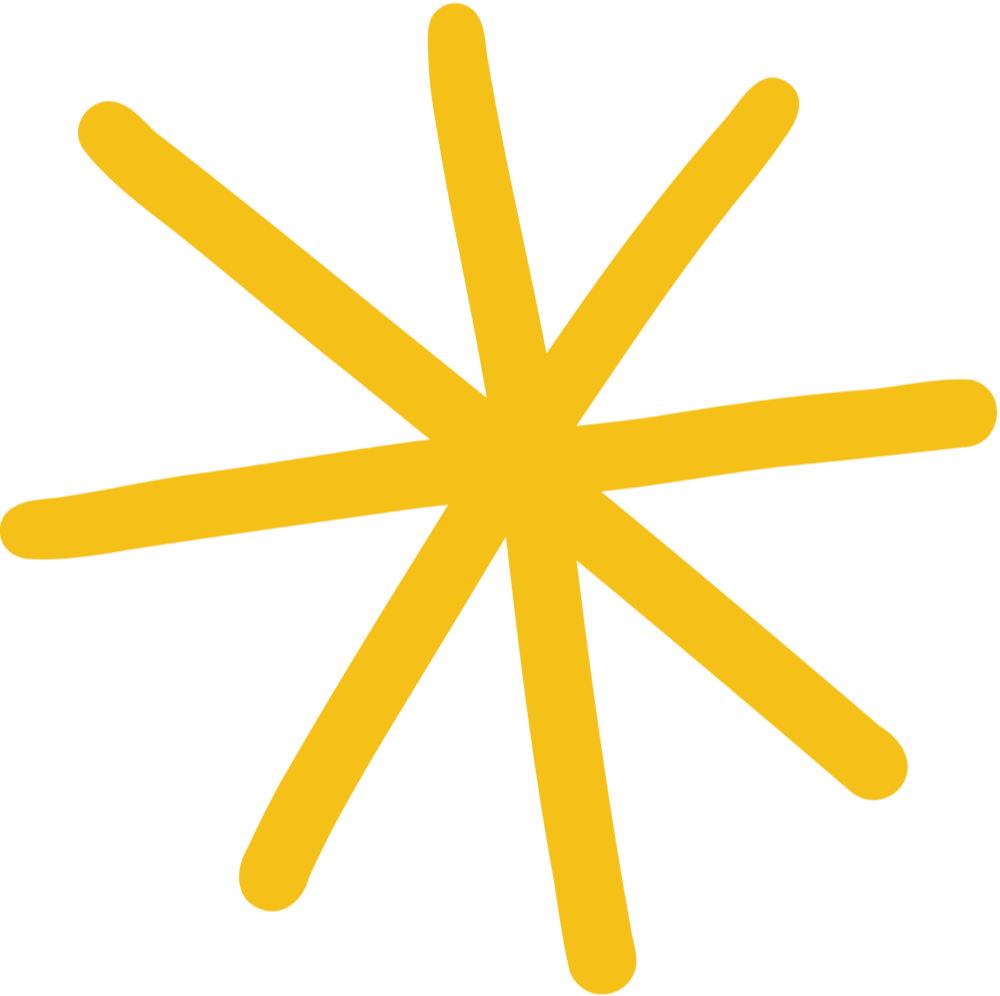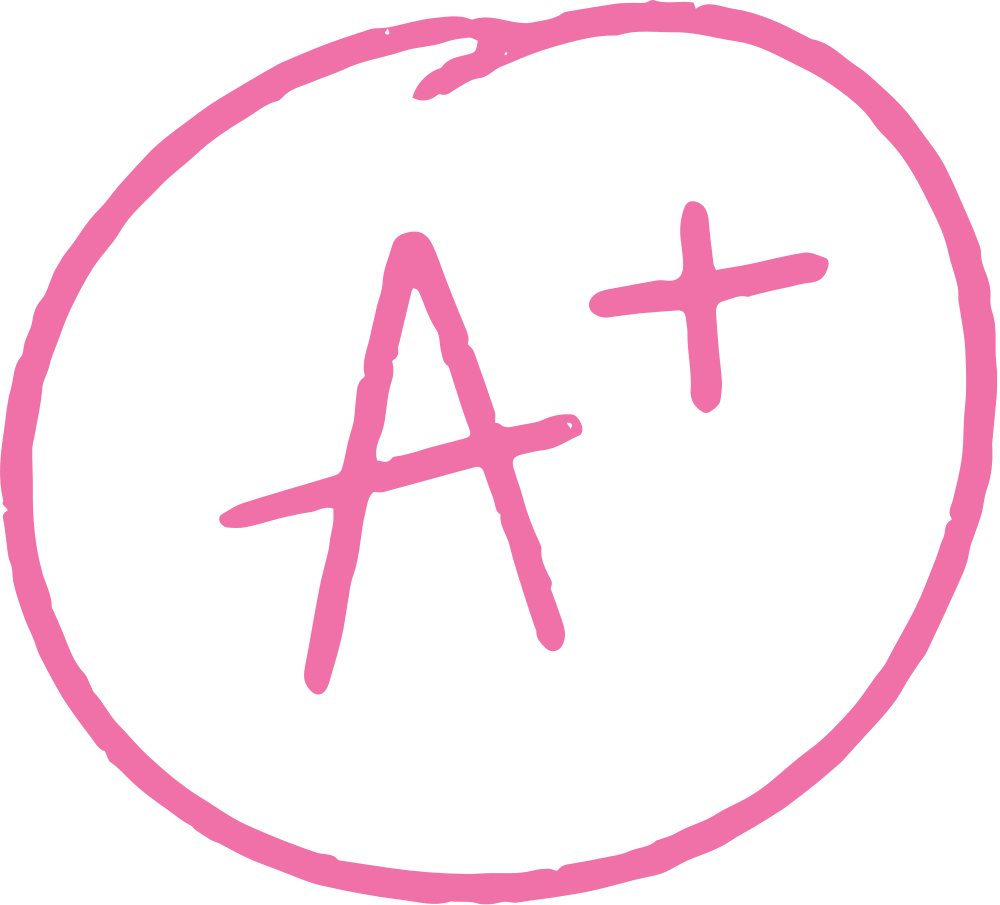
How to Teach The SHAPE America Standards & Health Skill
Access Resources
Standard #3: Access valid and reliable resources to support health and well-being of self and others.
Easy Health Teaching Ideas

Start Here
This is your teaching guide for the SHAPE America Standards and the health skill of accessing valid and reliable resources (Standard #3). It breaks down the skill and introduces two signature skill cues: PROVE It for accessing information (Purpose, Recency, Objective, Verifiable, Expertise) and ACT for accessing services (Acknowledge, Check the Severity and Consider Your Options, Take Action). Inside this guide, health teachers will find a definition of the skill, grade-level learning progression examples, and standards-based assessment ideas to support effective, skills-based instruction.
Table of Contents
An Introduction to the Skill of Building and Applying Functional Knowledge
National Health Education Standard #3: Access resources
Let’s Explore
What is the health skill of Accessing Resources?
As one of the eight essential health skills in the SHAPE America National Health Education Standards, Accessing Resources is a core component of effective health education and critical to promoting health literacy. This health skill teaches students how to identify when help is needed, find valid and reliable health information, products, and services, and take action to support their health and well-being. It also equips students with strategies to evaluate the credibility of what they find and navigate misinformation in both digital and in-person settings.
Why the Health Skill Matters?
Accurate Information Builds A Strong Foundation.
To make informed decisions and take care of your health, you need access to trustworthy and accurate health information. Without it, it's nearly impossible to manage your well-being effectively.
We Live In A World Full Of Misinformation.
From social media to group chats, students are constantly exposed to health information, some of it true, a lot of it not. Learning how to find and evaluate valid sources is essential for navigating this overload and protecting your health.
No One Can Do It Alone.
Everyone needs help sometimes. Whether it’s leaning on a supportive friend, turning to a trusted adult, or reaching out for professional care, accessing resources teaches students how to ask for help and connect with the right kind of support.
The Skill Cues for Accessing Resources
PROVE It & ACT: How to Access Valid Information
PROVE IT - Accessing Information
-

P - Purpose
Define the creator’s purpose for creating and sharing the content.
-

R - Recency
Check the publication date or the most recent update (or review) date.
-

O - Objective
Determine if the information is objective and unbiased.
-

V - Verifiable
Verify if the information is accurate and valid.
-

E - Expertise
Assess if the creator is regarded as an authority and expert on the matter.
ACT - Accessing Services
-

A - Acknowledge Something’s Wrong
Recognize the red flags in your life and acknowledge you need help.
-

C - Check How Big Of A Deal It Is And Consider Your Options
Check the severity of how big of an issue it is. Then, identify potential people/organizations who can help you.
-

T - Take Action
Choose an option and take action
Related Content
How to Teach the Skill of Accessing Resources
Step 1
Introduce the Health Skill
Step 2
Practice the Health Skill Cues
Step 3
Apply the Health Skill to Real Life
K-12 Learning Progression Examples for Health Teachers
Accessing Resources Teaching Ideas
-
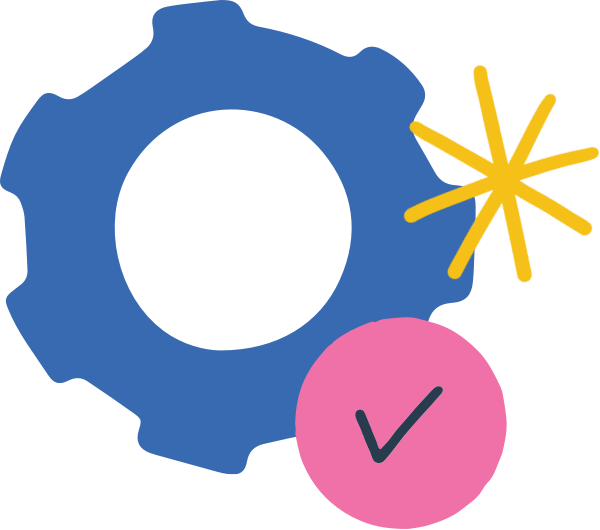
Learning Objectives
Standards-aligned learning objectives focused on building health skill proficiency and strengthening students’ health literacy through real-world application.
✅ Students can identify trusted adults in their lives and explain how and when those adults can help them.
✅ Students can explore school and community helpers (nurse, counselor, firefighter, etc.) and understand their roles.
✅ Students can learn when to call 911 and what to expect in an emergency.
✅ Students can begin to check if information is true or not by asking questions like “Who said this?” or “Does this make sense?”
-
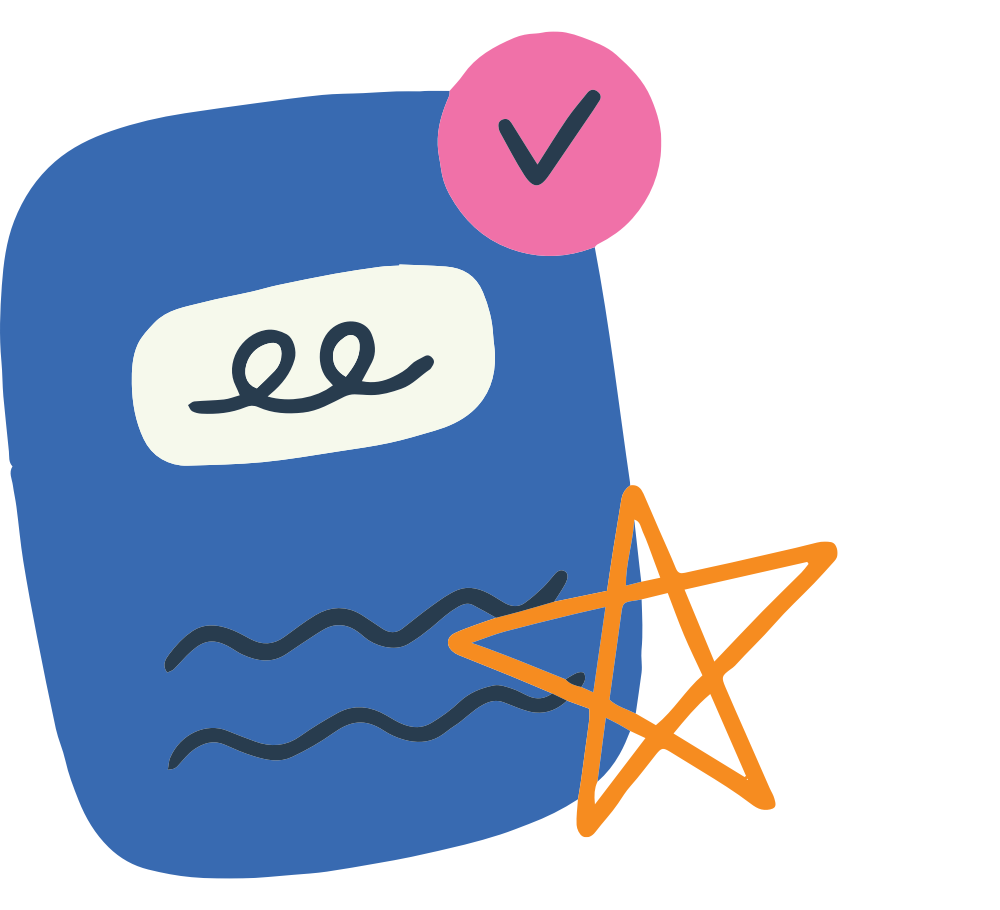
Teaching Activities
Hands-on, engaging teaching activities that give students opportunities to practice each health skill in realistic, relevant ways.
🔎 Matching and Sorting Activity: Students match different helpers (nurse, counselor, firefighter, etc.) with the ways they help or situations they support.🔎 Fire Safety Scenarios: Read or role-play safety scenarios and discuss which adult to go to and what to do.
🔎 Call 911 Role-Play: Practice how and when to call 911 using pretend phones and simple scripts, helping students feel confident and prepared.
-
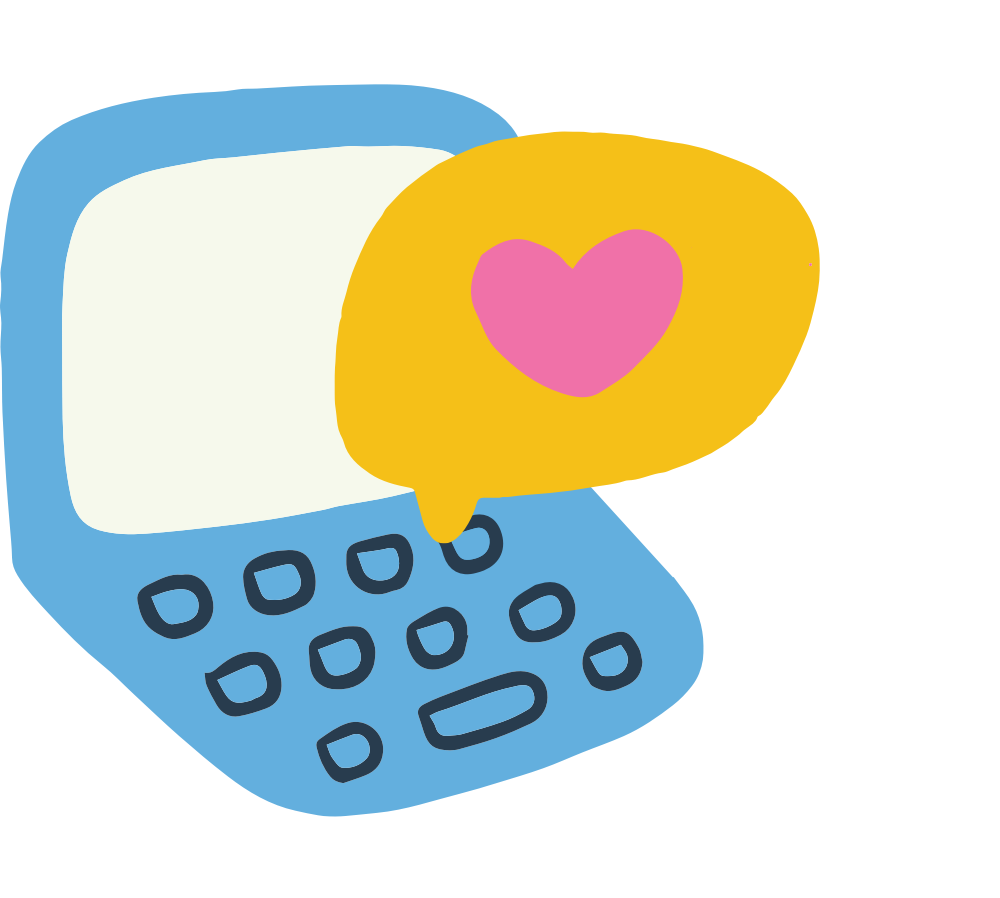
Assessment Ideas
Standards-based assessment measures students' health literacy and their ability to apply the health skills in a real-life scenario, demonstrating both their understanding of the health skill and their capacity to use it to manage their health.
📚 Community Helper Project: Each student chooses one school or community helper (nurse, counselor, police officer, etc.) and creates a mini-presentation or poster that explains who the person is, how they help, and includes a “How to Ask for Help” section showing when and how to reach out.
-

Learning Objectives
Standards-aligned learning objectives focused on building health skill proficiency and strengthening students’ health literacy through real-world application.
✅ Students can understand what it means to access valid and reliable health information and services.
✅ Students can use the PROVE It skill cues (Purpose, Recency, Objective, Verifiable, Expertise) to fact-check health information.
✅ Students can use the ACT skill cues (Acknowledge, Check the Severity and Consider Your Options, Take action) to determine when and how to seek help.
✅ Students can identify common health issues they and their peers experience and who can help in those situations.
✅ Students can recognize red flags that signal they should ask for help or question the information they’re receiving.
-

Teaching Activities
Hands-on, engaging teaching activities that give students opportunities to practice each health skill in realistic, relevant ways.
🔎 Skill Cue Matching Activity: Introduce the PROVE It and ACT skill cues through a fun matching game to reinforce each step.
🔎 Red Flag Scenario Analysis: Students read short scenarios and highlight “red flags” that indicate a need for help or more information.
🔎 PROVE It Scavenger Hunt: Give students health-related claims or social media posts and have them use PROVE It to verify or debunk them.
🔎 Helper Scavenger Hunt: Create a school or community-based scavenger hunt where students identify where and how to access different support services.
-

Assessment Ideas
Standards-based assessment measures students' health literacy and their ability to apply the health skills in a real-life scenario, demonstrating both their understanding of the health skill and their capacity to use it to manage their health.
📚PROVE It Analysis: Students are given various articles, social media posts, or videos and must apply the PROVE It skill cue to determine if the information is valid and trustworthy.
📚ACT Scenario Response: Students analyze health-related scenarios and use the ACT skill cue to identify red flags, assess the severity of the situation, and determine what actions to take or who to ask for help.
Elementary
-

Learning Objectives
Standards-aligned learning objectives focused on building health skill proficiency and strengthening students’ health literacy through real-world application.
✅ Students can independently apply the PROVE It and ACT skill cues to evaluate information and seek appropriate services.
✅ Students can identify and differentiate between types of health providers, resources, and services, and know who to go to in specific situations.
✅ Students can reach out to trusted professionals when needed and communicate their needs with clarity and confidence.
✅ Students can identify misinformation and replace it with accurate, reliable information to support their health and well-being.
-

Teaching Activities
Hands-on, engaging teaching activities that give students opportunities to practice each health skill in realistic, relevant ways.
🔎 Online Info Check: Students bring in health content they find online (TikToks, articles, influencer posts) and evaluate it together using the PROVE It skill cue.
🔎 Health Services Web Quest: Students complete a guided exploration to learn what services (mental health, clinics, crisis lines, etc.) are available locally and online.
🔎 Severity Assessment Practice: Give students realistic scenarios and have them identify red flags, assess severity, and determine whether and how to take action using the ACT cue. -

Assessment Ideas
Standards-based assessment measures students' health literacy and their ability to apply the health skills in a real-life scenario, demonstrating both their understanding of the health skill and their capacity to use it to manage their health.
📚 PSA + Check-In Tool Project: Students identify a relevant health issue affecting their peer group (e.g., anxiety, substance use, sleep deprivation). They research and cite valid sources using PROVE It, identify trustworthy services, and design a simple peer check-in tool. The tool should help peers recognize warning signs, assess severity, and understand who to reach out to and how.
Teach the Shape America Health Standards
Health Skills
Teaching Toolkit
The Project School Wellness Health Skills Toolkit is your all-inclusive resource for teaching the health skills outlined in the SHAPE America National Health Education Standards. With done-for-you lesson plans featuring signature health skill cues, health teachers can confidently teach each health skill. Every lesson includes a flexible one-page worksheet that can be taught with any health topic, making it easy to reinforce and apply health skills across your entire health curriculum. Simple, effective, and ready to use, this toolkit makes skills-based health education easier than ever.
Done-for-Your Resources
Accessing Resources Lesson Plans
-
Health Skills Toolkit
Accessing Valid Information
PROVE It - Accessing Valid Information
Buy - Coming Soon | Free Access to All Members
ACT - Accessing Health Services
Buy - Coming Soon | Free Access to All Members
Access Information on Drugs, Alcohol, and Vaping (ATOD)
Mental Illness: Access Valid Information
Mental Illness: Mental Health Services
explore health skills videos
Youtube
Quick, easy-to-follow videos for health class that teach students the eight essential health skills and how to use Project School Wellness’s skill cues. Perfect for health teachers and students to build health literacy as they explore the health skill definitions, practical skill practices, and real-life applications.

Curated Health Skills Teaching Resources
Accessing Resources Teaching Resources
-
Health Skills Toolkit
Accessing Valid Information
PROVE It - Accessing Valid Information
Buy - Coming Soon | Free Access to All Members
ACT - Accessing Health Services
Buy - Coming Soon | Free Access to All Members
Access Information on Drugs, Alcohol, and Vaping (ATOD)
Mental Illness: Access Valid Information
Mental Illness: Mental Health Services
-
Coming Soon!
Meet Project School Wellness
Your Go-To Partner in Health Education!
At Project School Wellness, we are dedicated to making health education simple, effective, and life-changing.
As your one-stop health education hub, we offer ready-to-use health curriculum and resources for health teachers, expert guidance for parents navigating tough topics, and trusted insights for students building lifelong health skills. Whether in the health classroom, at home, or learning on your own, we’re here to help students build the knowledge, skills, and confidence needed to live their healthiest, happiest lives.
